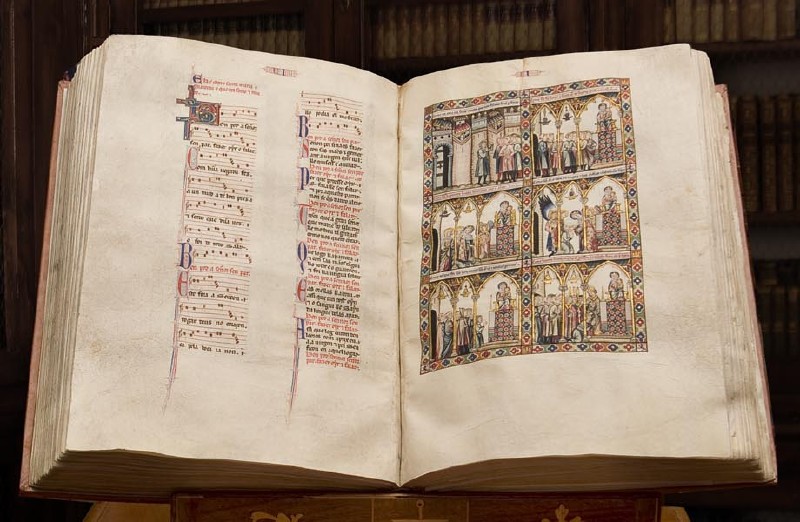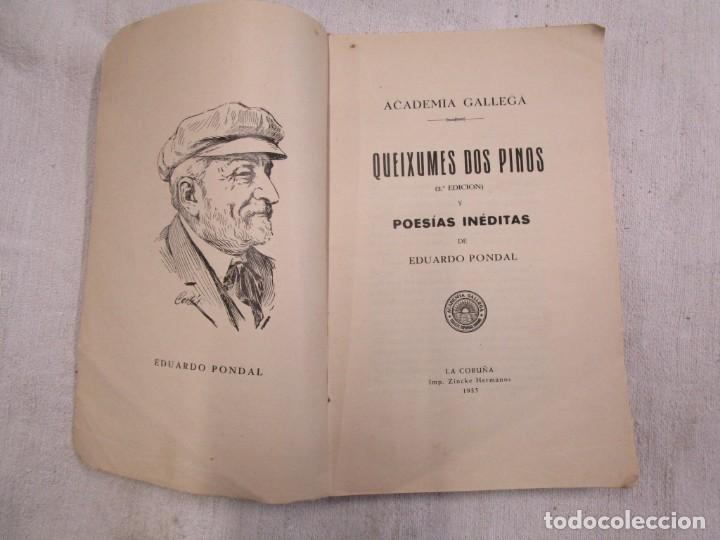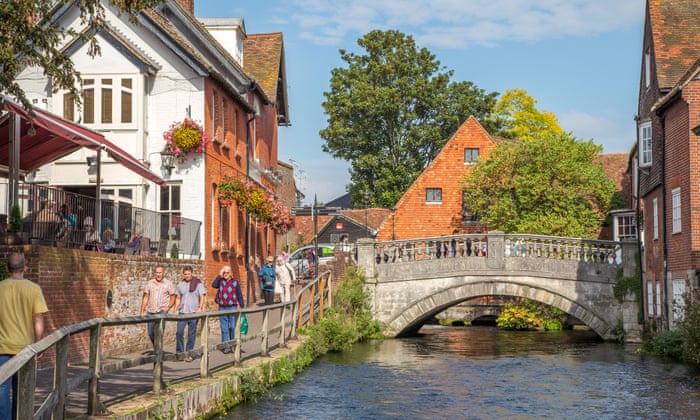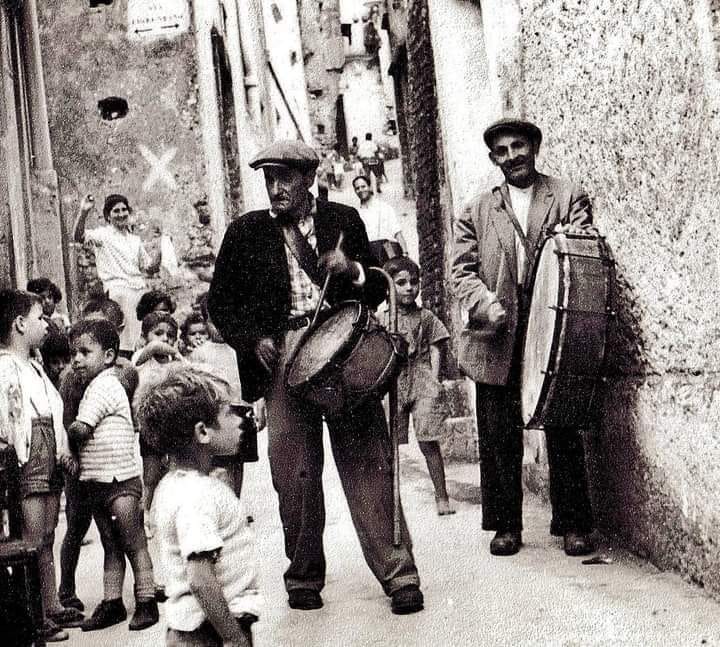Galician, a language with centuries of history, which identifies all of us and links us with the Portuguese or even with the Brazilians. A Romance language that is spoken in Galicia and in some regions of Asturias, León and Zamora since time immemorial, with a characteristic accent that dazzles every visitor.
Galician has its origin in Latin, which was gradually transformed into our language. However, it is difficult to give an exact date for this transformation, but it is believed that it is from the 8th century when the first manifestations began to appear in medieval Gallaecia (which included the territories of Galicia and part of Portugal). However, it was not until the twelfth century when Galician-Portuguese began to appear as a written language, although Latin was still used as a language of culture, liturgy, administration and teaching. It is from the fourteenth century when we can speak of Galician-Portuguese as a consolidated language and where Galician literature lives a moment of maximum medieval splendour. It is worth highlighting poetic compositions such as Cantigas de Santa María by Alfonso X, “el Sabio”, or prose texts such as Crónica Xeral Galega, among others.

The end of the Middle Ages coincides with the beginning of the decadence of Galician, beginning a period called “Dark Centuries”. This decline was influenced by the centralisation of the Kingdom of Castile and the settlement of foreign nobility in Galicia. Galician went into the background and was no longer used in written areas, being marginalized by the society of the time, making the distance between Galician and Portuguese of the time more prominent, which would continue to evolve in a different way, giving rise to the Galician and Portuguese as the languages we know today.
It was not until the nineteenth century when a cultural movement took place to save the Galician language from oblivion. This movement is called Galician Revival. Thanks to authors like Rosalía de Castro, of whom we have spoken in previous articles, who published Cantares Gallegos in 1863, becoming the starting point of the Galician Revival. As of 1875, the publication in Galician increased thanks to outstanding writers such as Curros Enríquez or Eduardo Pondal. It is a period in which the interest in reviving Galician increases, through important works such as Queixume dos Pinos (by Eduardo Pondal) or Aires da Miña Terra (by Curros Enríquez), with numerous periodical publications or by promoting literary competitions in Galician. In 1906 the Royal Galician Academy was created, whose objective is to study the culture of Galicia, especially the Galician language. This institution defends and promotes the language of Galicia and develops its spelling, grammar and lexical rules.

Although it seemed that Galician was heading to a moment of splendour, the Franco dictatorship (1939-1975) caused a time of linguistic regression, with Galician being relegated to a private sphere again. In another publication we will deal with the situation of the Galician language during the dictatorship.



